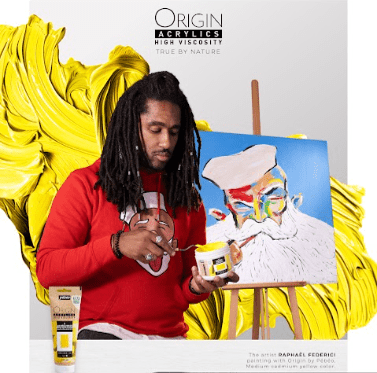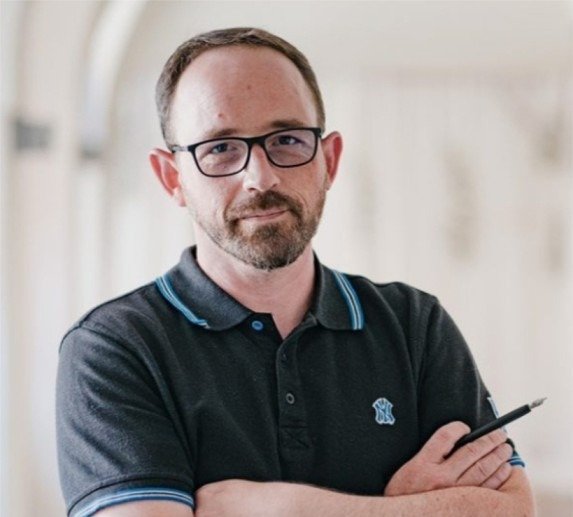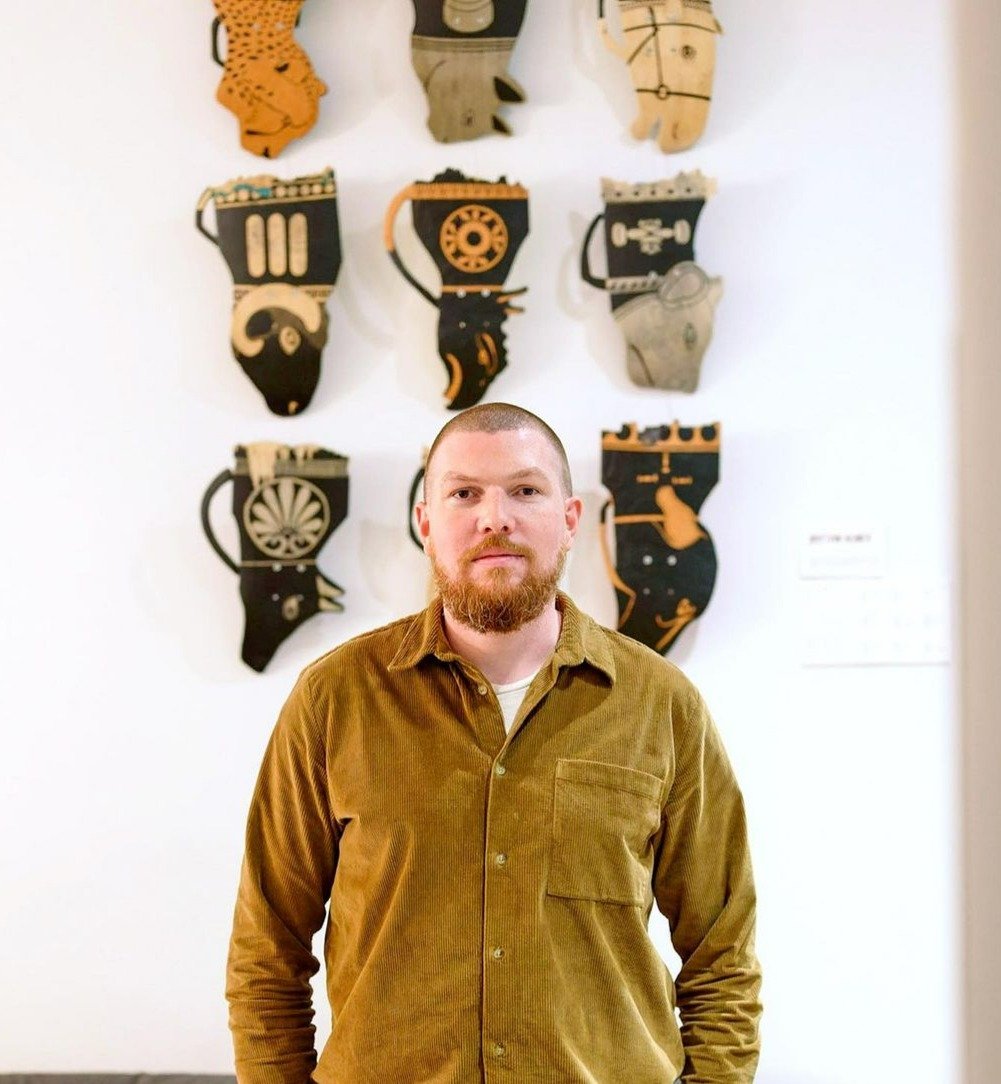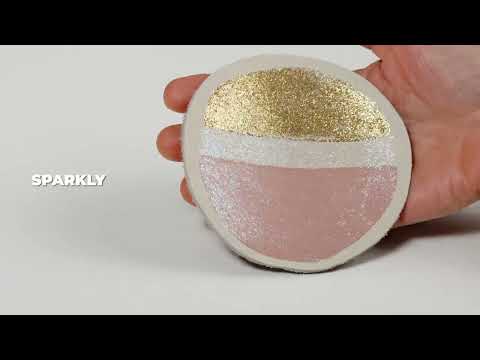Prix d’art urbain Pébéo-Fluctuart : Paul Gavlois
11/07/2022
À l’occasion de la 6e édition du Concours International organisé par Pébéo, rencontre avec Paul Gavlois
Pouvez-vous vous présenter ? Quelle est votre pratique artistique ?
Je suis un artiste visuel de 26 ans et je vis à Montréal. Je suis originaire de Nouvelle-Calédonie et c’est là que j’ai commencé mon approche de la peinture, par le tag et le graffiti, que je pratique depuis plus de 10 ans. J’ai eu la chance, à 18 ans, de partir étudier au Canada l’histoire de l’art puis l’art visuel, ce qui a bouleversé ma conception de la peinture, et mon regard sur le monde. Ma pratique artistique porte sur la représentation du mouvement gestuel du corps en peinture, par le biais du graffiti et, plus précisément, du tag. Il se situe dans la continuité de l’expressionnisme abstrait et de l’automatisme, en mettant en avant la dissociation entre la raison et le geste intuitif.
Que souhaitez-vous exprimer à travers votre travail ?
Je veux faire entrer le graffiti, et plus précisément le tag, dans un espace visuel, sans passer par l’idée limitatrice d’une simple transposition du tag de la rue sur un support, mais en misant davantage sur le processus de création, où l’écriture du geste s’impose par la spontanéité et l’incontrôlé. Mon approche de l’écriture se conjugue aux gestes de disparition, d’effacement, de superposition et de recouvrement, inhérents au statut éphémère du graffiti. La spontanéité, la rapidité et la « brutalité du geste pictural » soulignent l’énergie du peintre de la vie moderne, qui interagit avec la ville et ses représentants. Mon travail de la peinture tend vers le processuel et cherche donc à représenter l’énergie plastique et transgressive du graffiti, sans se baser sur l’esthétique formelle de celui-ci. Je cherche à recréer cet automatisme qui dépend de l’instant, de l’état psychologique au moment de la réalisation, pour relier l’art à la vie.
Quelles sont vos sources d’inspiration en tant qu’artiste ?
Cela va paraître très cliché, mais tout simplement la vie quotidienne. Regarder comment s’articule une ville en effervescence est tout simplement addictif, surtout le soir. Se balader la nuit, seulement accompagné de marqueurs et de peinture. C’est là que j’ai fait mes plus belles rencontres visuelles.
Y a-t-il un échange ou une rencontre qui vous a particulièrement marqué au cours de votre carrière ?
Chaque rencontre, bonne ou mauvaise, conduit à une réflexion. Mais, il y en a une qui se détache évidement, c’est la rencontre avec un autre graffeur qui a mené à la formation du duo Mad Rats.
Qu’est-ce qui vous a poussé à candidater à ce Prix d’art urbain ?
Avec le contexte sanitaire particulier que nous avons tous connu, le monde de la culture s’était effondré : tous les festivals, évènements, expositions ont été annulés. C’est pendant cette période sombre que j’ai vu l’appel pour ce concours comme une chance de pouvoir rapporter un peu de couleurs et de vie. De plus, il est rare de laisser la place aux jeunes artistes de la relève, surtout dans un milieu comme l’art urbain. Ce sont toute ces choses qui m’ont poussé à candidater.
Pouvez-vous nous parler de la pièce présentée dans le cadre du Prix ?
Cette toile fait partie d’une série de trois toiles intitulées Le Jugement de Pâris. Dans ce projet j’ai voulu explorer l’interaction de différentes formes de gestes in-situ et l’aspect casanier que peut donner une couleur en aplat, par opposition à un geste pictural. L’utilisation de la bombe de peinture comme outil de prédilection a toujours été une évidence. D’abord de par son esthétique, fortement liée au graffiti, puis surtout par sa capacité à s’adapter aux mouvements gestuels du corps de façon constante et sans interruption. Ainsi la superposition de couleurs plane autour des gestes faits à la bombe, augmente cette gestualité et cet effet de mouvement. Ces aplats de couleurs aux formes spontanées font écho à ce que l’on peut retrouver sur un mur d’affichage, avec ces traces de batailles publicitaires, allant de la déchirure, du chevauchement, au recouvrement. Les couleurs bleu et rose employées de façon récurrente dans mon travail sont le résultat du détachement volontaire du lettrage lié au graffiti classique. La couleur est utilisée comme personnification de l’artiste liée à son style et la rendant par conséquent déchiffrable. Dans le graffiti, nous avons l’habitude de travailler à plusieurs pour gagner en rapidité et en efficacité : le bleu et le rose font référence à cette complicité entre deux individus. Ce qui m’intéresse également par ce processus d’accumulation, c’est la création de nouvelles formes et compositions qui, placées tout aussi instinctivement, viennent structurer et créer un nouveau tout, tendant vers l’impact visuel direct recherché par les tagueurs. On y crée alors la représentation de l’interaction d’acteurs de la vie urbaine.
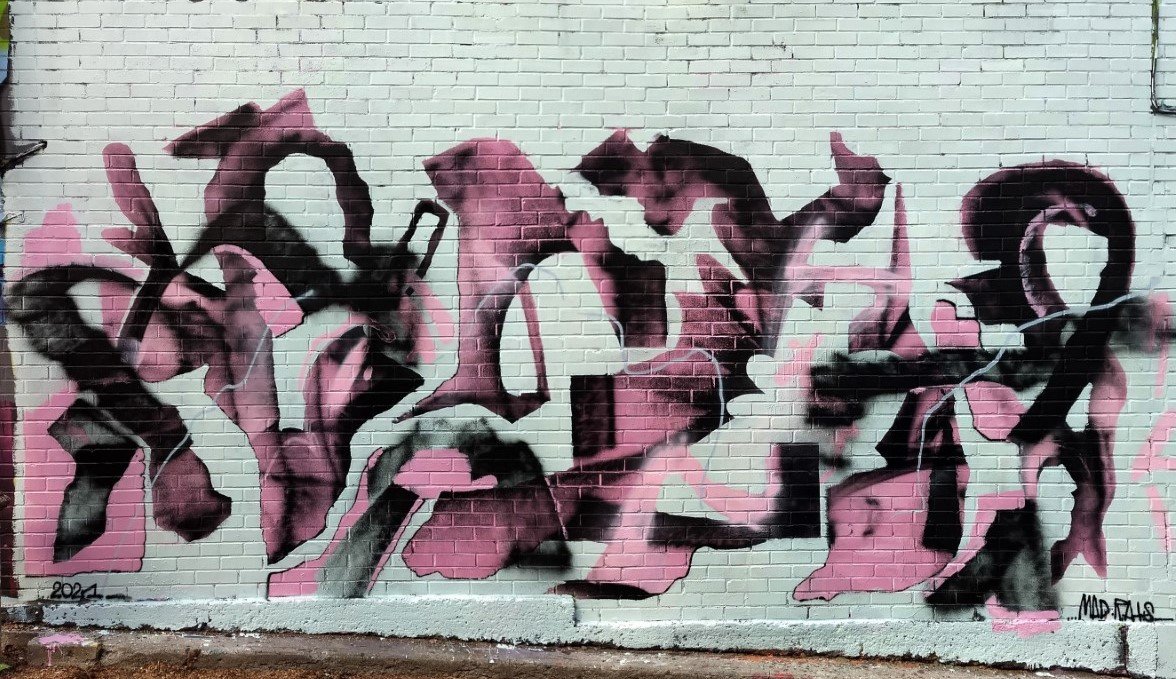

Quels produits de la gamme Pébéo avez-vous utilisé pour votre œuvre ?
Pour cette toile j’ai utilisé le bleu cobalt de la gamme Mat PUB de Pébéo. Sa fluidité et sa forte pigmentation m’ont séduit.
Produits Connexes
à lire aussi
@PEBEO Suivre Pébéo sur Instagram
Newsletter
Inscrivez-vous à notre Newsletter et restez informé de nos actualités. Pour en savoir plus sur la gestion de vos données personnelles et pour exercer vos droits, cliquez, ici
